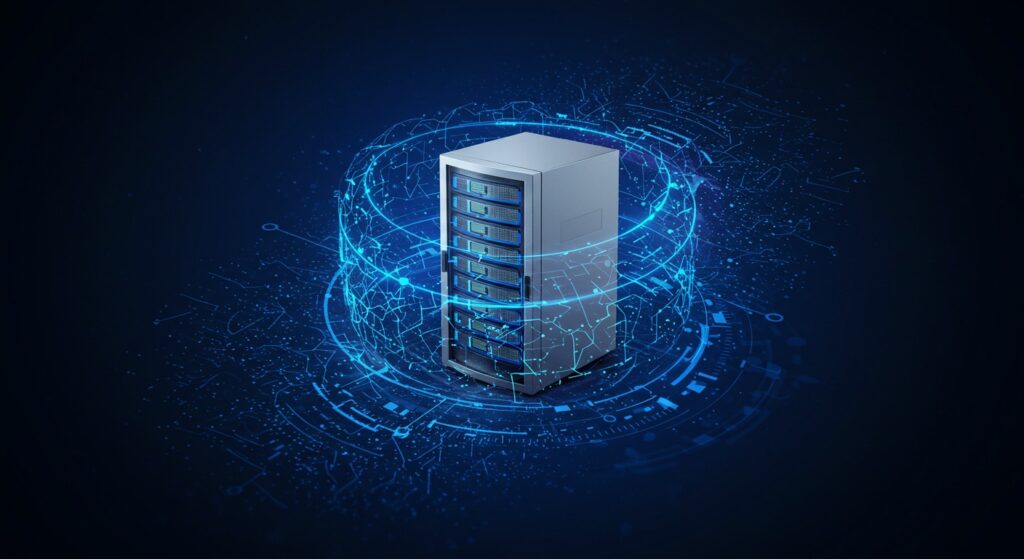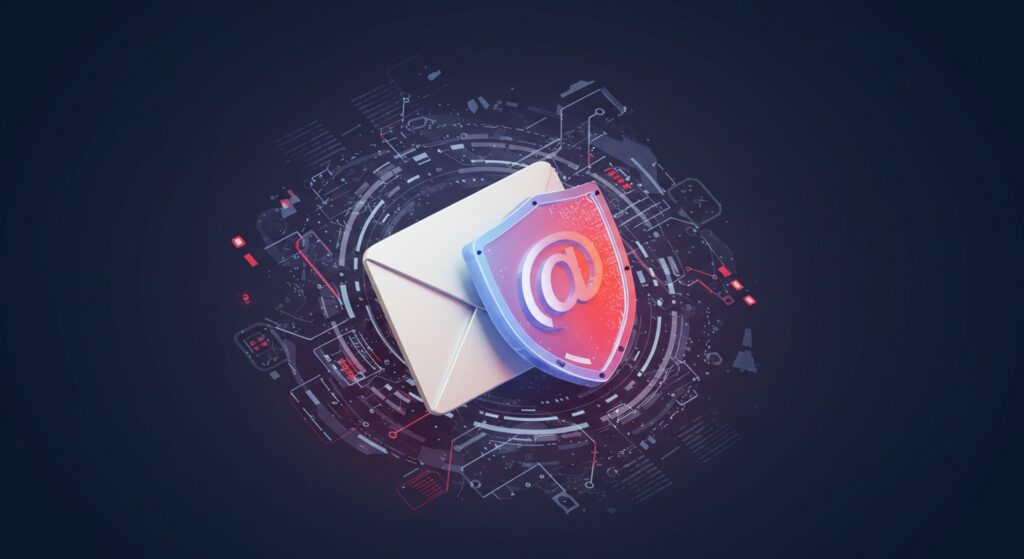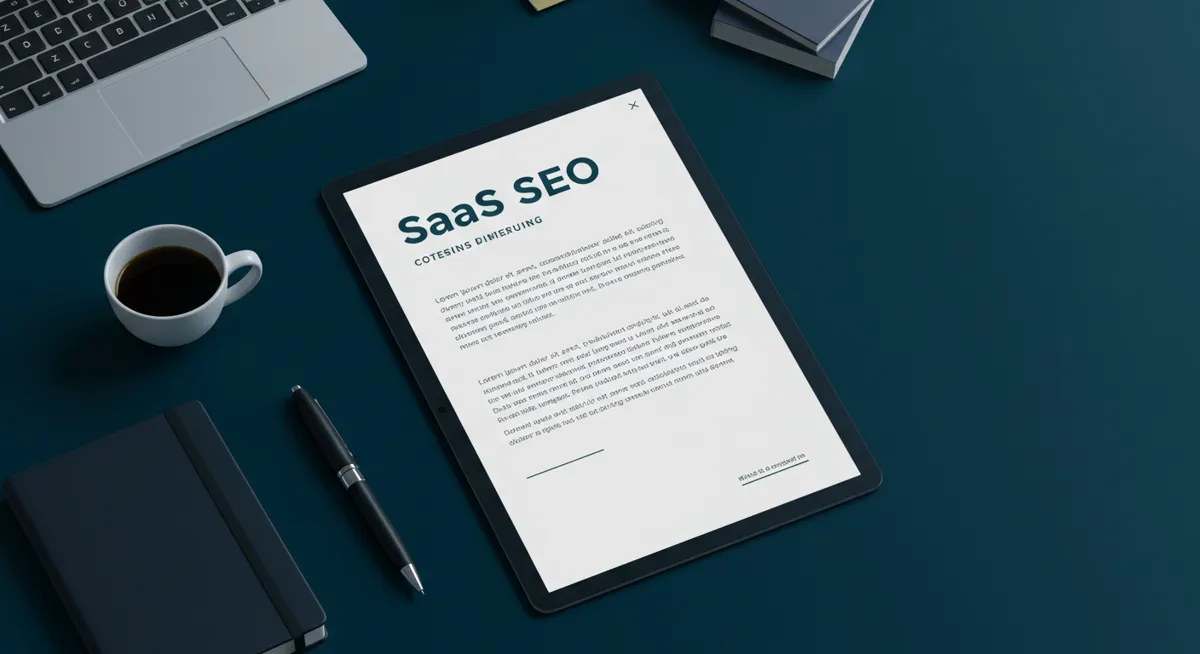Disclosure Information
This blog contains affiliate links. If you make a purchase through one of these links, our team may earn a commission at no extra cost to you. Learn more. Thanks for your support!
In our interconnected world, digital threats are ever-present. Cybersecurity software forms the crucial first line of defense. It protects data, systems, and networks from malicious attacks.
Choosing the right protection is vital for business continuity. It safeguards sensitive information and maintains customer trust. This guide explores the complex landscape of cybersecurity tools.
We will cover essential types, key features, and leading solutions. Our goal is to help you make informed decisions. Secure your digital environment effectively.
Understanding Cybersecurity Software: More Than Just Antivirus
Cybersecurity software isn’t a single product. It’s a broad category of tools designed for digital protection. These tools detect, prevent, and respond to cyber threats.
They range from basic antivirus to complex enterprise platforms. Think firewalls, intrusion detection, email filters, and more. Each addresses specific vulnerabilities and attack vectors.
The core aim is maintaining confidentiality, integrity, and availability. These are the pillars of information security, often called the CIA triad. Good software supports all three.
The Critical Need for Robust Cybersecurity
Cyberattacks are becoming more frequent and sophisticated. Breaches can lead to devastating financial losses. Reputation damage and legal penalties are also major risks.
No organization is too small to be a target. Small businesses often lack resources, making them attractive to attackers. Proactive defense is essential for everyone.
Investing in cybersecurity isn’t just an IT expense. It’s a fundamental business requirement for survival and growth. The cost of a breach often far exceeds prevention costs.
The average cost of a data breach reached USD 4.88 million in 2024. This highlights the significant financial risk involved. Prevention is key.
Key Categories of Cybersecurity Software
The cybersecurity market offers diverse solutions. Understanding the main types helps tailor your defense strategy. Here are some core categories:
Endpoint Security (Antivirus/EPP/EDR)
This software protects individual devices like laptops, desktops, and mobiles. Endpoint security is foundational. It includes traditional antivirus (AV) capabilities.
Modern solutions evolved into Endpoint Protection Platforms (EPP). EPPs offer broader defenses like firewalls and device control. They prevent known threats effectively.
Endpoint Detection and Response (EDR) adds advanced capabilities. EDR focuses on detecting unknown threats and investigating incidents. It provides deeper visibility and response actions.
Network Security (Firewalls, IDS/IPS)
Network security tools guard the boundaries and internal traffic of your network. Firewalls act as gatekeepers, controlling incoming and outgoing connections. They enforce security policies.
Intrusion Detection Systems (IDS) monitor network traffic for suspicious activity. They alert administrators to potential threats. They are primarily passive monitors.
Intrusion Prevention Systems (IPS) go a step further. IPS actively blocks malicious traffic identified through monitoring. They provide automated protection against network attacks.
Email Security
Email remains a primary vector for cyberattacks. Phishing, malware distribution, and business email compromise are common. Email security gateways filter incoming and outgoing messages.
These tools scan for malicious links, attachments, and spam. They often include anti-phishing measures and data leak prevention. Protecting email is crucial for all organizations.
Data Loss Prevention (DLP)
Data Loss Prevention software aims to stop sensitive information from leaving the organization. It monitors data in use, in motion, and at rest. DLP enforces data handling policies.
These tools identify confidential data based on rules or content analysis. They can block unauthorized transfers via email, USB drives, or cloud services. DLP helps meet compliance requirements.
Identity and Access Management (IAM)
Identity and Access Management ensures only authorized users access specific resources. IAM systems manage user identities and enforce access policies. Key components include authentication and authorization.
Multi-Factor Authentication (MFA) is a critical IAM feature. It requires multiple verification methods, significantly enhancing security. Single Sign-On (SSO) simplifies user access while maintaining control.
Security Information and Event Management (SIEM)
SIEM tools provide a centralized view of security events. They collect and aggregate log data from various sources. This includes network devices, servers, and applications.
SIEM software analyzes this data for potential threats and anomalies. It generates alerts for security teams and aids in incident investigation. SIEM is vital for comprehensive threat intelligence.
Vulnerability Management
These tools proactively identify weaknesses in systems and applications. Vulnerability management software scans networks and endpoints for known security flaws. It helps prioritize remediation efforts.
Regular scanning and patching are essential cybersecurity practices. These tools provide reports on vulnerabilities and track patching progress. They reduce the attack surface available to hackers.
Cloud Security (CASB/CWPP/CSPM)
As businesses move to the cloud, specific security tools are needed. Cloud security addresses unique challenges like shared responsibility models. Several tool types exist here.
Cloud Access Security Brokers (CASB) act as intermediaries. They enforce security policies between users and cloud services. They monitor activity and protect data in the cloud.
Cloud Workload Protection Platforms (CWPP) secure server workloads. This applies across physical machines, VMs, and containers. They focus on protecting the actual computing tasks.
Cloud Security Posture Management (CSPM) automates security assessment. It identifies misconfigurations and compliance risks in cloud environments. CSPM helps maintain a secure cloud setup.
Essential Features to Evaluate
When comparing cybersecurity software, consider these core features:
Threat Detection & Prevention
The primary function is identifying and stopping threats. Look for high detection rates and low false positives. Consider protection against malware, ransomware, phishing, and zero-day exploits.
Real-time Monitoring & Alerting
Continuous monitoring provides immediate visibility into security events. Timely alerts enable rapid response to potential incidents. Customizable alert thresholds are important.
Automation & Orchestration
Modern cybersecurity relies heavily on automation. Automated responses (SOAR – Security Orchestration, Automation, Response) improve efficiency. They reduce manual workload for security teams.
Reporting & Analytics
Comprehensive reporting helps understand your security posture. Dashboards should provide clear insights into threats and trends. Compliance reporting features are often necessary.
Integration Capabilities
Cybersecurity tools should work together. Check for integrations with your existing IT infrastructure. APIs for custom integrations can be valuable. Seamless operation enhances overall security.
Scalability & Performance
The software should grow with your business needs. Ensure it can handle increasing data volumes and user counts. Minimal impact on system performance is crucial.
Ease of Management
A centralized management console simplifies administration. Intuitive interfaces reduce the learning curve for security teams. Clear documentation and support are essential.
Compliance Support
Many industries have specific compliance requirements (e.g., HIPAA, PCI DSS, GDPR). Choose software that helps meet these obligations. Look for built-in compliance reporting features.
Human error remains a significant factor in security incidents. Reports suggest it contributes to the vast majority of data breaches. Training combined with software is vital.
Top Cybersecurity Software Solutions to Consider
The market is crowded with effective tools. Here are closer looks at well-regarded vendors in key categories. Remember, the “best” choice depends heavily on your specific organizational needs, existing infrastructure, and risk profile.
Endpoint Security Platforms

Endpoint security is fundamental, protecting the devices your team uses daily. Modern solutions go far beyond simple antivirus.
- CrowdStrike Falcon: This platform is a prominent name in cloud-delivered endpoint security. Its strength lies in advanced Endpoint Detection and Response (EDR) capabilities. CrowdStrike utilizes powerful threat intelligence and AI for detecting sophisticated attacks. It’s often favored by organizations needing robust threat hunting features.
- SentinelOne Singularity: SentinelOne offers an AI-powered platform combining EPP and EDR. It emphasizes automation in threat detection, response, and remediation actions. This autonomous approach aims to reduce security team workload. It’s a strong choice for those seeking efficient, automated endpoint protection.
- Microsoft Defender for Endpoint: Deeply integrated within the Microsoft ecosystem, Defender provides comprehensive EPP and EDR features. It leverages Microsoft’s vast threat intelligence network. For organizations heavily invested in Microsoft 365 and Azure, it offers seamless integration and simplified management.
Network Security Providers

Network security focuses on protecting the infrastructure connecting your devices and data. Firewalls and intrusion prevention are core components.
- Palo Alto Networks: A leader in next-generation firewalls (NGFWs), Palo Alto offers robust network security. Their platform provides granular visibility and control over network traffic. They focus on preventing advanced threats, including zero-day exploits. Often chosen by enterprises requiring comprehensive, high-performance security.
- Fortinet Security Fabric: Fortinet champions an integrated security approach called the Security Fabric. Their FortiGate firewalls are central to this, offering strong performance. The Fabric aims to provide broad visibility and automation across the entire attack surface. It suits organizations seeking a unified security architecture.
- Cisco Secure Firewall: Cisco offers a wide portfolio of networking and security products. Their Secure Firewall (formerly Firepower) provides advanced threat protection and network security. Leveraging Cisco’s extensive network presence and Talos threat intelligence, it’s a common choice for large, complex network environments.
Email Security Gateways

Email security is critical, as email is a prime target for phishing and malware. Dedicated gateways filter and protect mail flow.
- Mimecast: Mimecast provides a comprehensive cloud-based suite for email security, archiving, and continuity. It offers multi-layered detection against spam, malware, and advanced threats like impersonation. Its integrated approach appeals to organizations wanting broad email risk management from one vendor.
- Proofpoint: Proofpoint is highly regarded for its focus on advanced threat protection and threat intelligence. It excels at identifying and blocking sophisticated email attacks, including targeted phishing. Often chosen by large enterprises prioritizing top-tier defense against evolving email threats and ensuring regulatory compliance.
- Barracuda Networks: Barracuda offers email protection solutions suitable for various business sizes. Their portfolio includes email gateways, incident response, and security awareness training. They provide a balance of effectiveness and ease of use, often appealing to SMBs and mid-market organizations needing robust email security.
Identity and Access Management (IAM) Platforms

Identity and Access Management controls who can access what resources, enhancing security through proper authentication and authorization.
- Okta: Okta is a leading cloud-based IAM provider, known for its user-friendly interface and extensive integrations. It offers solutions for both workforce and customer identity needs. Features like Single Sign-On (SSO) and Multi-Factor Authentication (MFA) are core strengths. Ideal for organizations prioritizing cloud-first identity solutions.
- Microsoft Entra ID (formerly Azure AD): As Microsoft’s cloud identity service, Entra ID integrates seamlessly with Azure and Microsoft 365. It provides comprehensive IAM capabilities, including MFA, SSO, and conditional access policies. It’s the natural choice for organizations heavily utilizing the Microsoft cloud security ecosystem.
- Ping Identity: Ping Identity provides robust enterprise-focused IAM solutions. It offers flexibility for complex hybrid IT environments, supporting both cloud and on-premises applications. Known for its standards compliance and scalability, it suits large organizations with intricate identity requirements and integration needs.
How to Choose the Right Cybersecurity Software
Selecting the appropriate tools requires careful evaluation:
Assess Your Specific Risks & Needs
Identify your most critical assets and biggest threats. Conduct a risk assessment. Understand your industry’s specific threat landscape. Define clear security objectives first.
Consider Your Business Size & Budget
Solutions vary significantly in price and complexity. Small businesses might prioritize user-friendly, integrated suites. Enterprises may need specialized, high-performance tools. Align choices with available resources.
Evaluate Technical Expertise Required
Some tools require significant security expertise to manage effectively. Consider your team’s skills and availability. Managed Security Service Providers (MSSPs) can be an option.
Check for Third-Party Reviews & Testing
Independent testing labs (like AV-Comparatives, NSS Labs) evaluate product effectiveness. Analyst reports (Gartner, Forrester) provide market insights. User reviews offer practical perspectives.
Prioritize Integration with Existing Stack
Ensure the new software integrates smoothly with current tools. Avoid creating new security silos. Check compatibility with operating systems, applications, and other security solutions. Effective integration improves overall threat intelligence.
Understand Support & Service Levels
Reliable vendor support is crucial, especially during incidents. Evaluate response times and support channels (phone, email, chat). Check Service Level Agreements (SLAs) for guarantees.
Utilize Free Trials or Demos
Hands-on testing is invaluable. Use free trials or request personalized demos. Involve your IT or security team in the evaluation process. Test usability and performance in your environment.
The cybersecurity skills gap remains a major challenge for organizations globally. Choosing manageable software or leveraging external expertise is often necessary.
The Evolving Cybersecurity Landscape
Cybersecurity is a constantly shifting field. Future trends include:
- AI and Machine Learning: Increasingly used for threat detection and response automation.
- Zero Trust Architecture: Moving away from perimeter defense to verifying every access request.
- Extended Detection and Response (XDR): Integrating security data across endpoints, networks, cloud, and email.
- Increased Focus on Cloud Native Security: Tools specifically designed for cloud security challenges.
- Privacy Enhancing Technologies: Balancing security needs with growing data privacy regulations.
Beyond Software: A Holistic Approach
Cybersecurity software is essential, but it’s not a complete solution. A strong security posture requires a layered approach. This includes regular employee security awareness training.
Develop clear security policies and procedures. Implement robust backup and disaster recovery plans. Regular security audits and penetration testing help identify weaknesses proactively.
Technology and human awareness must work together. A security-conscious culture is as important as the tools you deploy. This holistic view provides the best defense.
Conclusion
Choosing the best cybersecurity software is a critical investment. It protects your organization from ever-evolving digital threats. It safeguards data, reputation, and financial stability.
Understand the different types of tools available. Evaluate features based on your specific risks and needs. Consider integration, scalability, and ease of management.
By making informed choices and adopting a holistic security strategy, you build resilience. Protect your digital assets effectively in today’s challenging threat landscape. Your proactive defense starts now.



